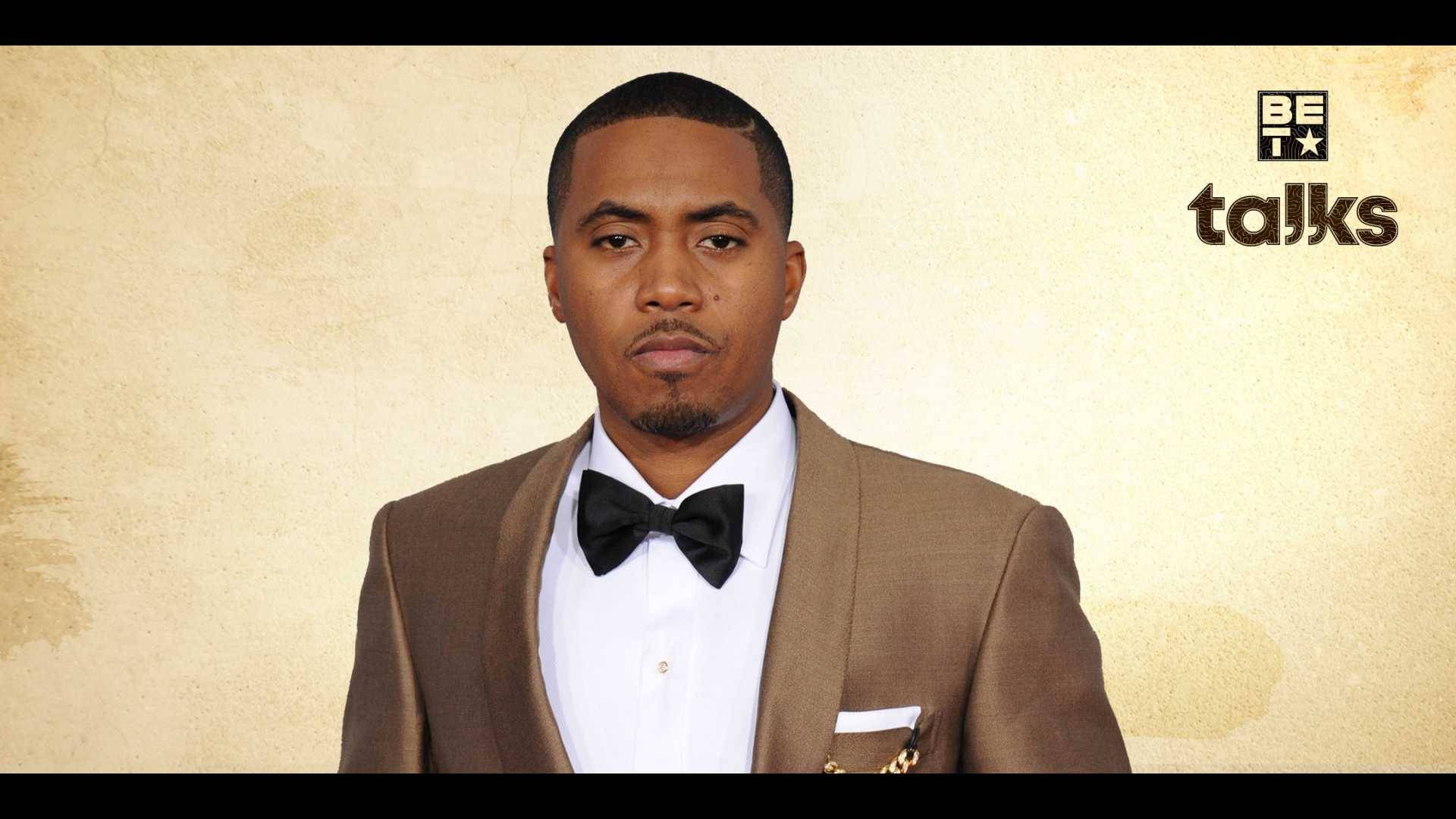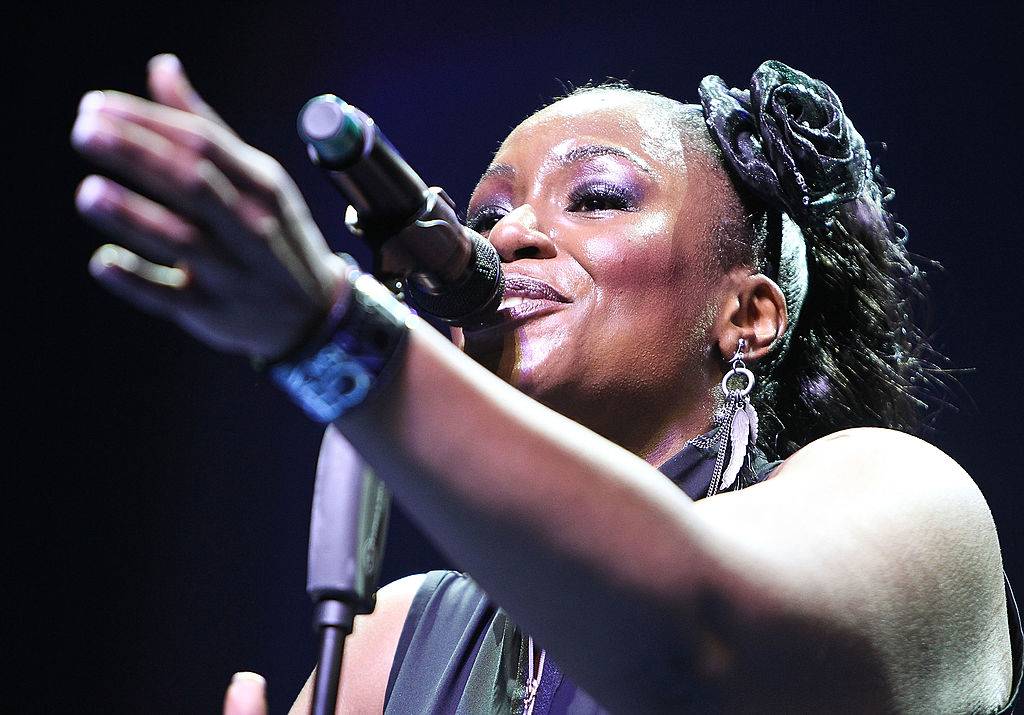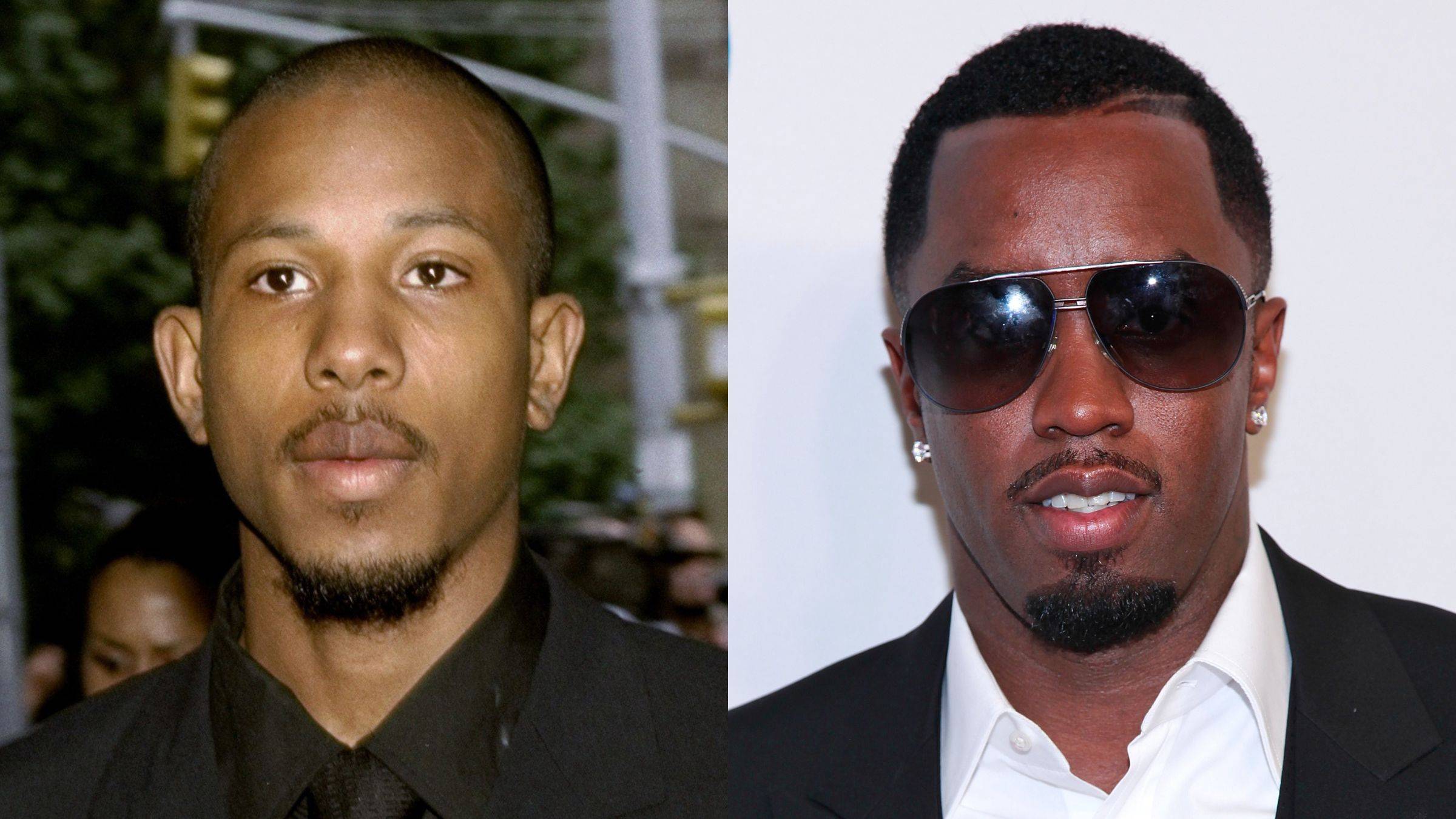Artificial Grass Woven Into Real Turf at World Cup
DENDERMONDE, Belgium (AP) — Artificial grass is teaming up with the natural stuff and taking root at the World Cup, blade by blade.
A generation after fully artificial surfaces outraged football fans and players around the world, this year's World Cup in South Africa will debut a surface with 20 million threads of synthetic grass fibers woven in between and beneath the natural grass.
The first World Cup test of the surface, which is already being used at some major stadiums in Europe, will be on June 13 in Polokwane when Algeria plays Slovenia. The stadium in Nelspruit will also use the same type of turf.
It will be a World Cup premiere," said Marc Vercammen, the general manager of Desso Sports Systems, which produces the surface.
Natural grass still predominates. The artificial threads are driven 20 centimeters (8 inches) into the surface and intertwine with the roots of the real grass to give the surface a smooth robustness that tackles — or even pop concerts — find hard to undo.
Desso, a company headquartered about 35 kilometers (22 miles) outside Brussels, has already graced the fields of Arsenal and Liverpool and the training grounds of Real Madrid, among others. Its GrassMaster system is also used by the Denver Broncos and the Philadelphia Eagles.
No competition, however, compares to the World Cup.
Our image will go into territory where we haven't gone before," Vercammen said.
As with any fundamental development, the early days of artifical surfaces were often ugly.
Queens Park Rangers in England set the tone in 1981 with a fully artificial surface, and soon a few others followed. Fans and players didn't.
The surface was still so elementary then that balls skidded and bounced all over the place, players were unable to keep their footing, causing injury, and a long tackle left burn marks on defenders. The experiments were soon shelved, awaiting better technology.
But realizing the need to play in all climates and weather conditions across the globe, FIFA came on board. Artificial turf was tested at the 2003 Under-17 World Cup in Finland, and with each success came more acceptance.
At the top level, though, the system of the Desso GrassMaster seems to be emerging as the preferred way.
Anyone watching the Champions League quarterfinal match between Arsenal and Barcelona at the Emirates Stadium with its GrassMaster field on March 31 would agree it promotes beautiful football.
A pure beautiful pitch always puts a skillful player at an advantage," Vercammen said. "But if you want to play kick and rush, nothing stops you.
When field hockey changed to artificial grass, it fundamentally changed the game, pushing it to a fast, physical game where delicate skills were smothered by stamina and power.
It is something that needs to be avoided in football, where the touch and feel of natural grass remain essential.
So at the World Cup, Vercammen does not want Desso to be an issue. But a breakthrough at the World Cup is always something special, even though one quirky injury could change everything.
There can always be an incident and then they quickly point to a novelty," Vercammen said. "Everything will be fine if the whole process appears invisible.
Copyright 2010 The Associated Press.





